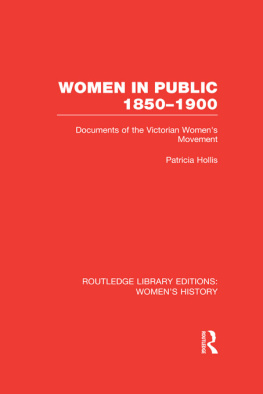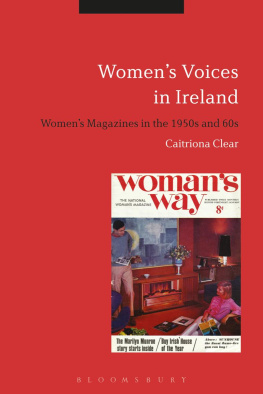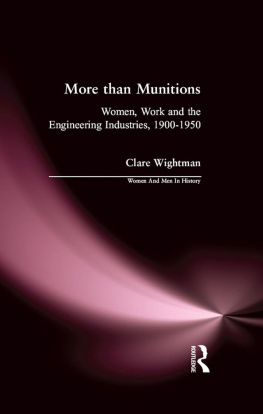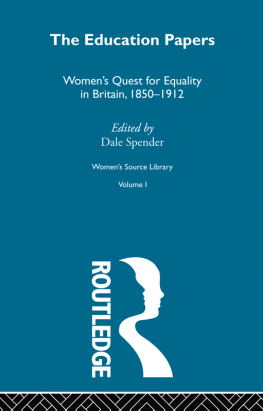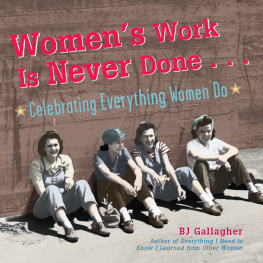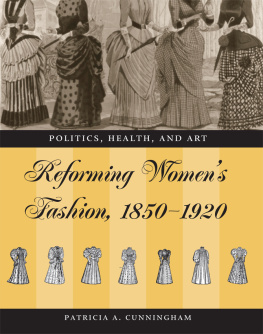First published in 1979
This edition first published in 2013
by Routledge
2 Park Square, Milton Park, Abingdon, Oxon, OX14 4RN
Simultaneously published in the USA and Canada
by Routledge
711 Third Avenue, New York, NY 10017
Routledge is an imprint of the Taylor & Francis Group, an informa business
1979 George Allen & Unwin (Publishers) Ltd
All rights reserved. No part of this book may be reprinted or reproduced or utilised in any form or by any electronic, mechanical, or other means, now known or hereafter invented, including photocopying and recording, or in any information storage or retrieval system, without permission in writing from the publishers.
Trademark notice: Product or corporate names may be trademarks or registered trademarks, and are used only for identification and explanation without intent to infringe.
British Library Cataloguing in Publication Data
A catalogue record for this book is available from the British Library
ISBN: 978-0-415-53409-3 (Set)
eISBN: 978-0-203-10425-5 (Set)
ISBN: 978-0-415-62347-6 (Volume 22)
eISBN: 978-0-203-10406-4 (Volume 22)
Publishers Note
The publisher has gone to great lengths to ensure the quality of this reprint but points out that some imperfections in the original copies may be apparent.
Disclaimer
The publisher has made every effort to trace copyright holders and would welcome correspondence from those they have been unable to trace.
Women in Public 1850-1900
Documents of the Victorian Womens Movement
PATRICIA HOLLIS
London
GEORGE ALLEN & UNWIN
Boston Sydeny
First published in 1979
Reprinted 1981
This book is copyright under the Berne Convention. All rights are reserved. Apart from any fair dealing for the purpose of private study, research, criticism or review, as permitted under the Copyright Act, 1956, no part of this publication may be reproduced, stored in a retrieval system, or transmitted, in any form or by any means, electronic, electrical, chemical, mechanical, optical, photocopying, recording or otherwise, without the prior permission of the copyright owner. Enquiries should be sent to the publishers at the undermentioned address:
GEORGE ALLEN & UNWIN LTD
40 Museum Street, London WC1A 1LU
George Allen & Unwin (Publishers) Ltd, 1979
British Library Cataloguing in Publication Data
Hollis, Patricia
Women in public, 1850-1900.
1. FeminismGreat BritainHistory
I. Title
301.4120941 HQ1593 8-40788
ISBN 0-04-900033-0
Reproduced from copy supplied
printed and bound in Great Britain
by Billing and Sons Limited
Guildford, London, Oxford, Worcester
Preface
Despite a scatter of feminist writing in the 1830s and 1840s, the feminist movement in England truly began in the 1850s. It was motivated by three main concerns: the concern with surplus women and their need for work if they were to be self-dependent; a more particular concern with the plight of governesses, which led directly to the movement for womens education; and the increasing awareness of womens status at law, publicised by the case of Caroline Norton, summarised by Barbara Leigh Smith Bodichons Brief Summary of the Laws. Not until the 1860s did the demand for the vote become prominent.
It was in the 1850s that women acquired their public heroine in Florence Nightingale, whose work in the Crimea, to quote Anna Jameson, broke through a Chinese wall of prejudice. The movements first circle of workers came from that courageous and happy group around Barbara Leigh Smith Bodichon, Emily Davies, Elizabeth Garrett, Maria Rye, Jessie Boucherett; and associated with them Octavia Hill, Helen Taylor, Frances Buss and Dorothea Beale. In 1857 this circle founded their Ladies Institute at Langham Place, in 1858 they published their English Womans Journal (later renamed Englishwomans Review), which was to be the voice of the womens movement until the founding in the 1870s of the Womens Suffrage Journal by Lydia Becker and the Womens Union Journal by Emma Paterson. Through Isa Craig as assistant secretary, as well as the contributions of Emily Davies and Elizabeth Garrett, they were linked to the Social Science Association, founded in 1857, which did much to professionalise womens public service. And they were to form the first womens suffrage committee when they lined up John Stuart Mill as their parliamentary spokesman in 1867.
Half a century later, by 1900, women had obtained new careers in retailing and commerce, and transformed teaching and nursing as work for women. Women in workshops and factories had acquired a degree of protection, through legislation and combination. Medicine had been opened up as a profession; a network of high schools and womens colleges had been established; and legal changes in custody, property and separation had made major advances towards equity for women at law. The CD campaigns had been an explicitly feminist and highly successful pressure group, by women, for women; and in the fields of politics and public service, women now voted for and served on a wide range of bodies and boroughs. The most significant exception remained the parliamentary vote.
Most prefaces tend to be defensive, and this one is no different. The first defence is of the chronological scope of the book. It attempts to reflect the range of womens public activity from around 1850, when the movement began, to around 1900, when new figures, most notably the Pankhursts in the suffrage campaign, and Mary Macarthur and Margaret Bondfield in the trade union movement, were to take women into a more militant and confident era. Their work and their generation require a book of their own.
The second defence is of women in public. Domestic and marital life, womens health and womens childbearing, have been excluded, partly for reasons of space, but also because the material chosen seeks to illustrate the consciousness of women both of their position and of their claims to a wider sphere.
The third defence is of the somewhat arbitrary nature of the divisions in the book, and the location of certain of its contents. To take one example, the CD campaign was crucially about prostitution () when arguably they should have been kept together.
Most sections contain what I believe to be some of the most significant statements of the periodsuch as John Stuart Mills House of Commons speech in 1867, or Caroline Nortons description of the wrongs done to her by law; or W. T. Stead on The maiden tribute of modern Babylon, or Beatrice Webb on women and the Factory Acts. They also try to suggest some of the changes in attitudes and aspirations over time. Inevitably there are many omissions, and equally as many pieces condensed that deserve to be reprinted in full. I can only plead lack of space. There is not, as yet, any collection of primary material on the womens movement, and very few reprints, comparable to the material available for studying labour movements and industrial conditions in the nineteenth century. Later books by others will rectify my omissions and abbreviations.
Some particular debts. Of the many libraries I have used, two deserve especial thanks. The skilled and courteous staff at the Fawcett Library (newly located in the City of London Polytechnic) helped me find many of the political pamphlets of the 1870s. And the library staff, particularly the patient inter-library loan staff, of the University of East Anglia allowed me to reach more source material than would otherwise have been accessible to an author confined throughout with a broken leg. To Dr B. H. Harrison of Corpus Christi, Oxford I owe the temperance reference (9.1.3). I would also like to acknowledge permission to quote from Margaret Llewelyn Davies, Life As We Have Known It, published by the Hogarth Press; Adelaide Anderson, Women in the Factory, published by John Murray; E. Moberley Bell, Octavia Hill, and Barbara Stephen, Emily Davies and Girton College, both published by Constable.

